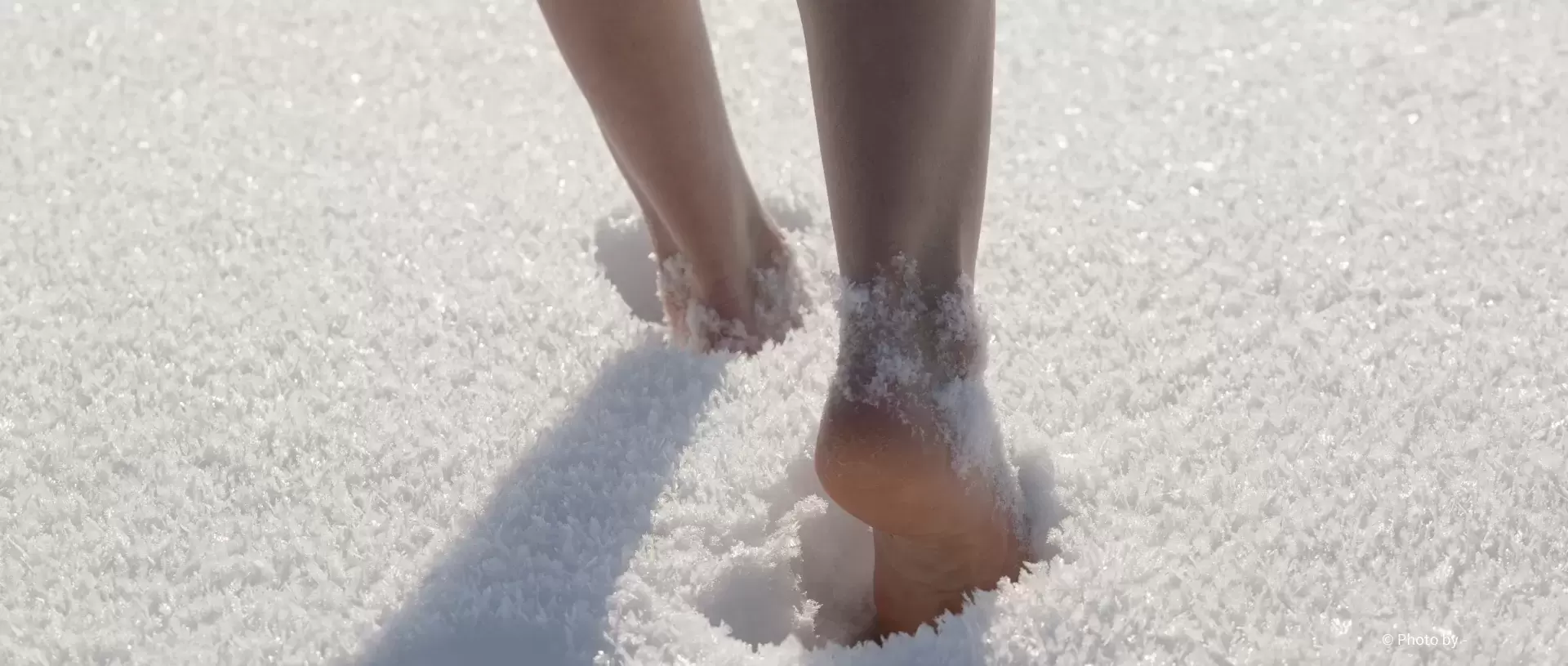In recent years, there has been a growing trend towards embracing natural movement and healthier postural habits. One practice gaining significant popularity is wearing barefoot shoes or minimalist footwear. These shoes are designed to mimic the feeling of walking barefoot while providing protection and support.
Fitness enthusiasts and athletes swear by barefoot shoes and many Rolfers®, practitioners of Rolfing® Structural Integration, recommend their use. Rolfing Structural Integration is a form of bodywork that is all about finding the body's optimal position in gravity. Rolfers work with clients to release fascial restrictions and realign the body's segments to promote natural alignment, mobility, and integration of body segments.
In this blog post, we will explore why barefoot shoes are considered excellent for posture and movement and why Rolfers advocate their usage.
The Case for Barefoot Shoes
With barefoot shoes, my body started aligning itself better in an upright posture, establishing a stronger connection with the earth. This feels powerful!” – Rolfing client on her experience with barefoot shoes.
In the pursuit of natural alignment, barefoot shoes offer a compelling option. Barefoot walking and running align perfectly with the principles of Rolfing. Unlike conventional footwear with cushioned heels, barefoot shoes have a thin rubber sole that allows the feet to feel the ground beneath them, promoting a deeper connection with the environment.
Having the feet in close contact with the ground can awaken new energy and improve mobility. By enabling the toes to function naturally, barefoot shoes allow the toe hinges to function as it should for push-off. The increased mobility of the foot translates up the chain of muscles, fascia, and joints, resulting in improved movement patterns and a reduction of issues related to knees, hips, and low backs.
Conventional footwear often has a raised heel and a narrow toe box, which can negatively impact the foot's natural arches - too little room for the toes can lead to foot and toe misalignments. Rolfers have long understood the importance of balancing fascia and muscles through the legs to create arches and promote healthier foot function. Barefoot shoes provide the necessary space for the toes to support our balance while we are moving (running, walking, etc.), thereby facilitating a balanced distribution of body weight through the ankles, heels and forefoot.
Transitioning to Barefoot Shoes with Rolfing Support
Transitioning to barefoot shoes may require some adjustments in movement patterns or even re-learning how to walk. It is especially important to balance the heel strike with a dynamic forefoot movement. Rolfing sessions can significantly assist in this process by addressing tension patterns in the body, especially in the sole of the foot, calves, knees, and hips. Working with a local Rolfer during this transition can facilitate a smoother adaptation and enhance the benefits of the barefoot experience.
When I started wearing barefoot shoes, my back started to hurt after a while. I had the feeling that my body system couldn't adapt on its own or needed more time to adjust. Following my Rolfing® sessions, I experienced a different and more innate sense of connection to the ground. My feet appeared to have expanded, requiring greater space. Conventional footwear was no longer comfortable. The newfound connection to the earth felt remarkably impactful.” – Rolfing Client
Maintaining Long-Term Effects
Once the body has undergone Rolfing sessions and transitioned to barefoot shoes, it is essential to maintain the newfound positioning and sense of being grounded. Barefoot shoes can help sustain the benefits of Rolfing by supporting the body's natural alignment and promoting ongoing mobility and integration.
Rolfing and barefoot shoes share a profound synergy in their pursuit of natural alignment, optimal posture, and enhanced mobility. By combining the principles of Rolfing with the use of barefoot shoes, individuals can experience a transformative journey towards better health and physical well-being. The path may require some adjustments and guidance, but the rewards are invaluable – a stronger, more balanced body that moves with grace and ease in harmony with the forces of gravity.
Author: Sabine Becker
Learn more about Rolfing® Structural Integration.
Find a Rolfer® near you.
Train to become a Certified Rolfer®.
Want to know more?
Sign up for our newsletter and receive regular information about Rolfing® Structural Integration.







